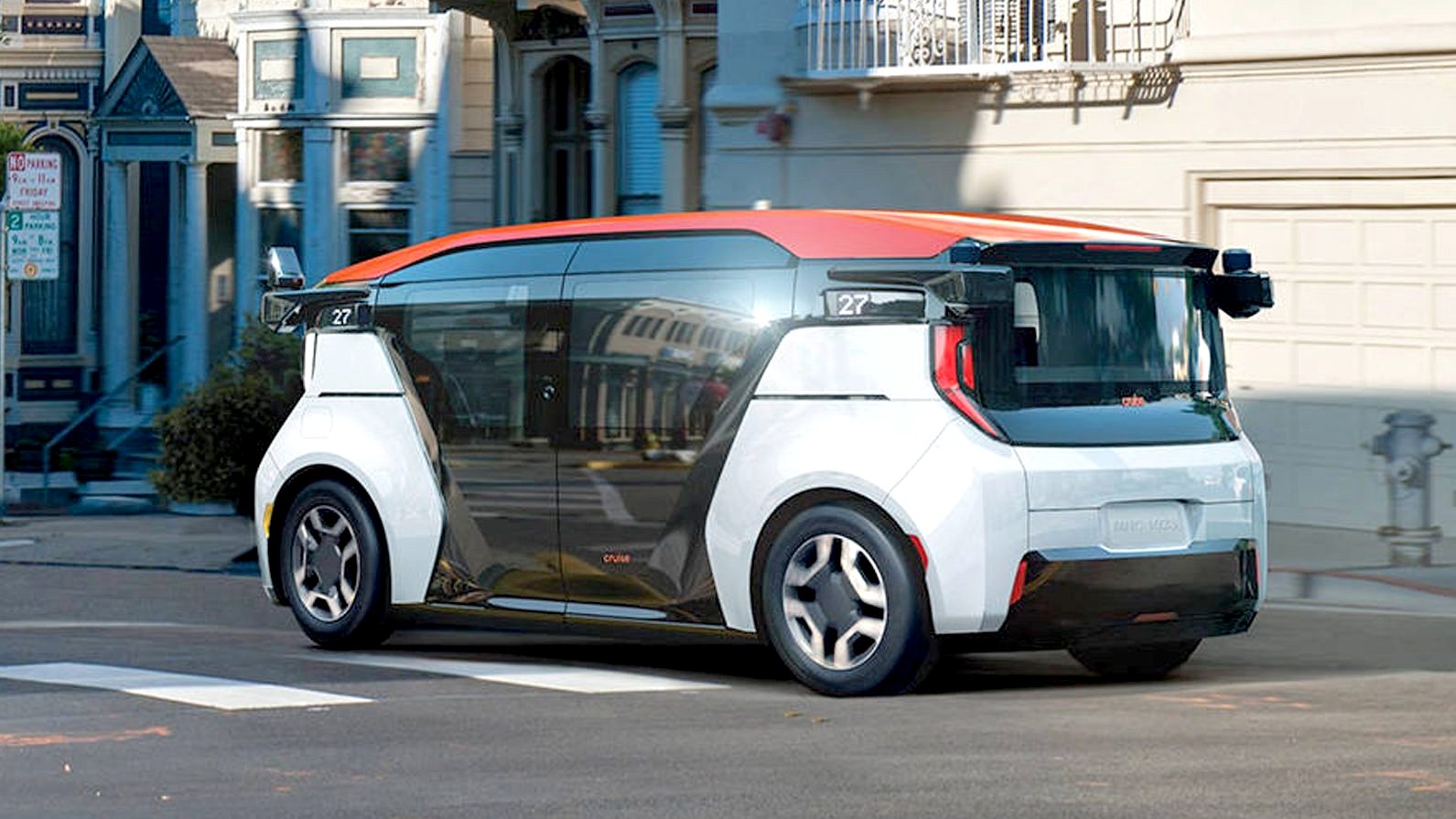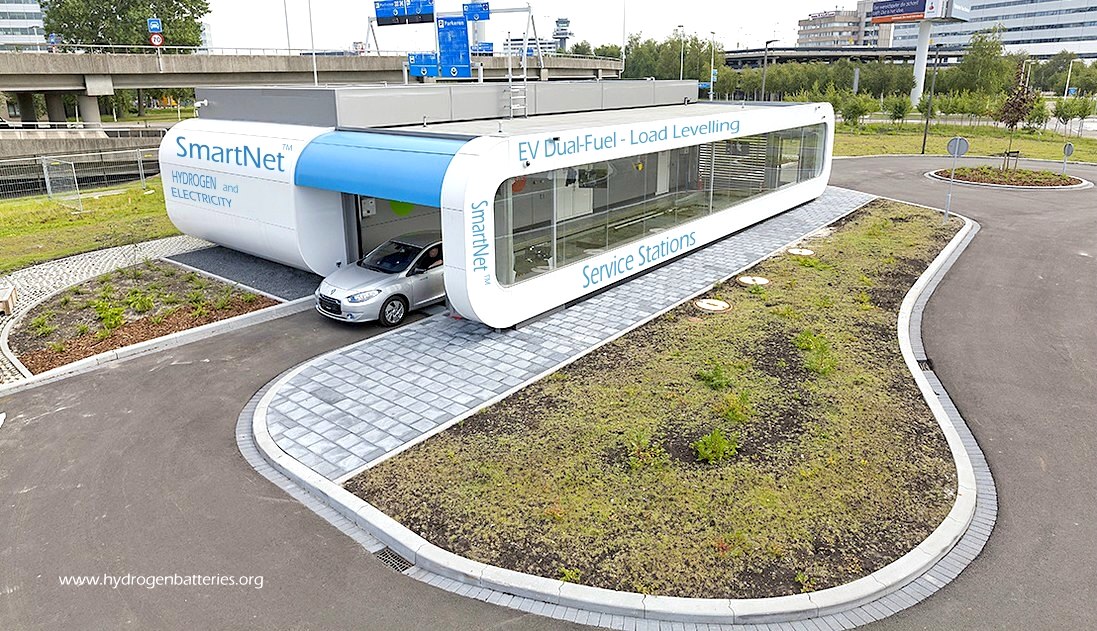|
Please use our A-Z INDEX to navigate this site where page links may lead to other sites, or see HOME
|
|
|
HOW SMART IS YOUR ROBOT VEHICLE - There are six levels (1-6) of possible automation for autonomous land vehicles, with L0, being no assistance for a human operator, except perhaps for a SatNAv, to help a person find their way, and a smartphone, for when they get lost, or breakdown..
Level 3 - Conditional automation
Level 0 - No Automation
Level 6 : L5 Fully autonomous AI refuelling
At the moment, the only concept that would be capable of servicing fully L5 vehicles would be the proposed SmartNet™ mult-ifuel service stations, where such vehicles will eventually have no human operators to plug-in charge, or fill up with hydrogen from the pumps.
Allied to automatic vending, is PAYD (Pay As You Drive) billing, also seen as a necessary function for autonomous, unmanned, self-driving, robotic vehicles of the future.
LINKS & REFERENCE
https://
SMART SERVICING FOR ROBOTS - Those looking for a future proofed infrastructure for renewably sourced energy for electric robotic vehicles, may want to consider the new breed of self driving passenger cars, taxis, and commercial trucks that will benefit from automated energy vending if they are to be fully autonomous in operation over long distances or for round the clock city duties - most especially unmanned robotic taxis and freight trucks.
Please use our A-Z INDEX to navigate this site
This website is provided on a free basis to promote zero emission transport from renewable energy in Europe and Internationally. Copyright © Universal Smart Batteries and Climate Change Trust 2021. Solar Studios, BN271RF, United Kingdom.
|

